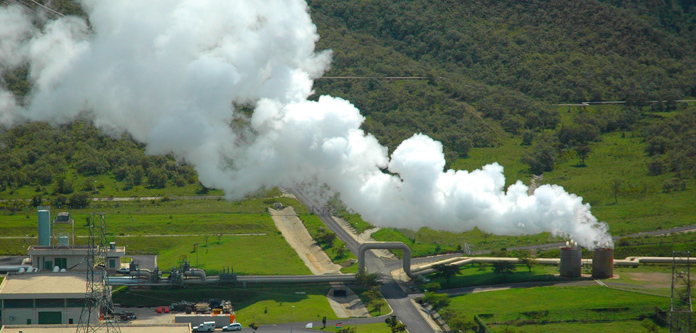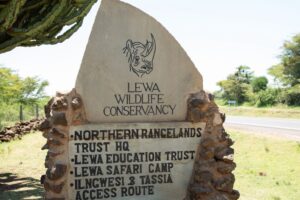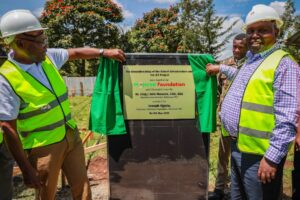The focus on geothermal is part of Kenya’s wider push in renewables, which also embrace hydroelectricity and solar and now account for more than 90% of its energy.
The country’s success can partly be explained by the fact that it took advantage of its geographical location on the eastern branch of the Great Rift. Yet even with an advantageous location, there is a substantial risk in timing and cost associated with the early phases of geothermal development.
“It takes five years to build a geothermal power plant, each well costs $5m and finding reserves is a risky bet in the sense that results are not always guaranteed,” says Brophy.
In a bid to make this challenging environment more attractive to explorers, Kenya has improved its geothermal energy application system and created enabling conditions for geothermal energy development. Kenya used public finance to attract private investment in geothermal, explains Ralph Nyakabwa-Atwoki, a geothermal expert and technical director at Sustenersol Uganda.
A strong institutional framework for the energy sector is another essential element that led to a successful development of geothermal energy in Kenya, he says. The Geothermal Development Company (GDC) was established by the Kenyan government in 2008 specifically to undertake the exploration and development of geothermal resources, leaving geothermal power generation to KenGen.
By carrying out the initial phases of projects, GDC assumes the initial exploration and development risks which open the prospect of public and private participation in later stages of geothermal development. Through its state-owned corporation, the Kenyan government absorbs some of the upfront risk and finances the exploration phase to then allow the exploitation of steam reserves by private companies.


















